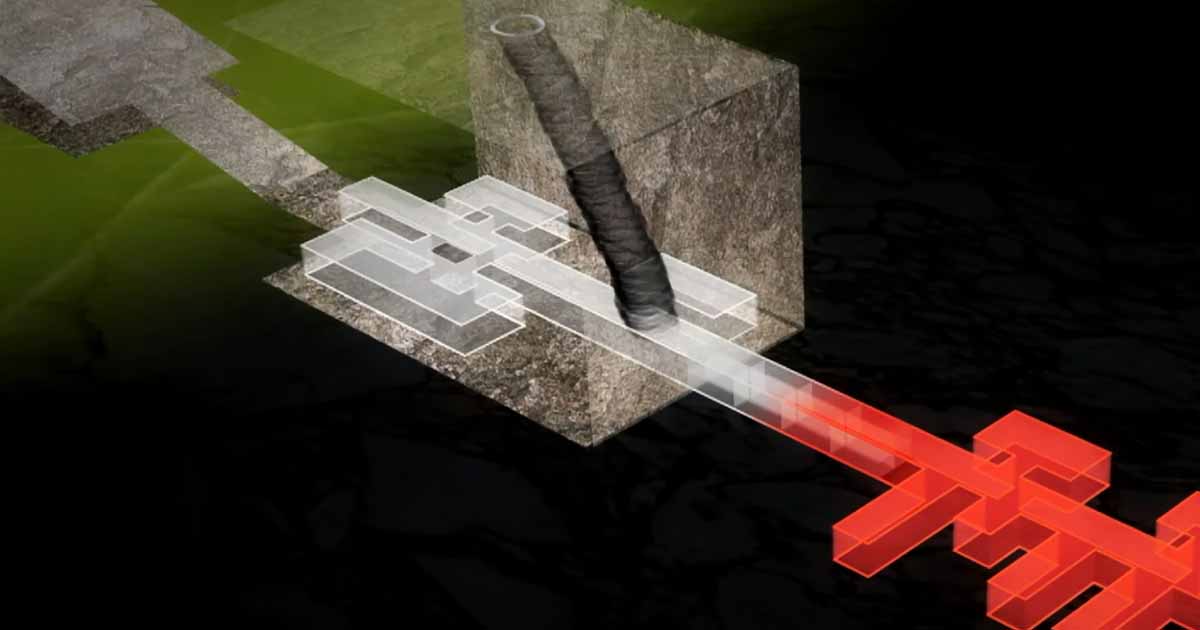What Maximum Security Meant for Ancient Tomb Raiders (Video)
The kings of the Han Dynasty went to extraordinary lengths to protect their tombs, and within these fortified resting places, ancient tomb raiders faced an imposing challenge. The tomb in this video, hewn from solid limestone, bore evidence of the stonemasons' labor, with unfinished chambers that displayed the artists' unrefined craftsmanship. Though incomplete, the tomb's design unveiled a regal resting place designed to thwart potential invaders. To thwart their illicit pursuits, architects deployed formidable defensive strategies. Colossal stones, each weighing six tons, were expertly cut and strategically placed to obstruct the passage.
Despite these defenses, the tomb raiders proved cunning, finding inventive ways to infiltrate. The massive stones bore enigmatic carvings, somewhat resembling the nostrils of an ox. Using these porous stones as anchors, the raiders managed to insert a rope, gaining access to the inner chambers. Not stopping at this ingenious feat, the tomb raiders dug a clandestine tunnel, penetrating deep into the tomb's rear chambers. There, they seized a wealth of artifacts, showcasing the opulent treasures that the kings of Chu had concealed within their burial sites. These treasures served as a reminder of the Han Dynasty's wealth, acquired through the crafty exploits of tomb raiders.
- A Golden Age of China, Part I: Early Han Dynasty Emperors
- Spectacular Royal Han Tombs Reveal Wealth and Glory of China’s Golden Age
Top image: Security features in ancient tomb. Source: YouTube Screenshot / Smithsonian Channel.

















